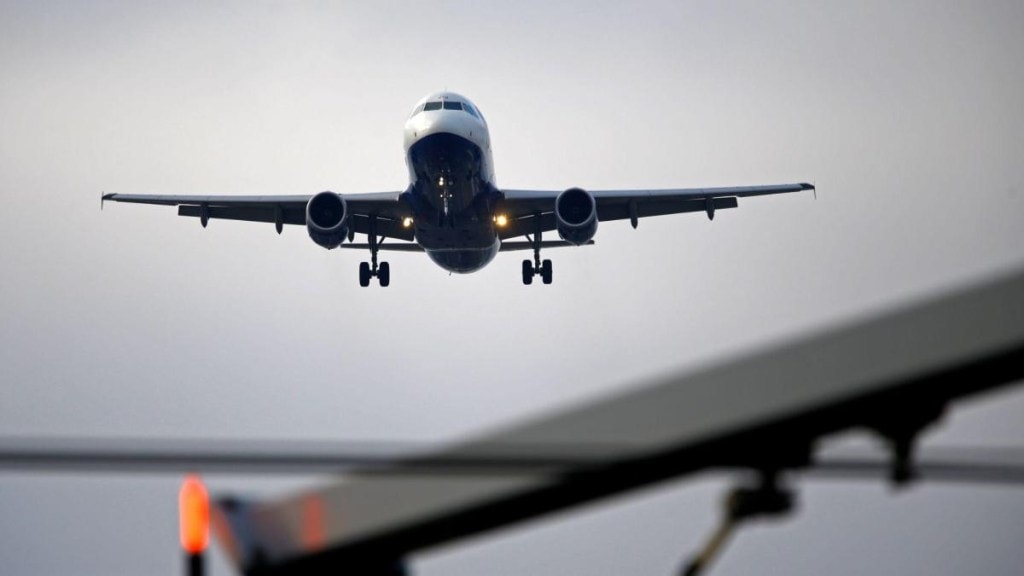Indian carriers have raised their market share in the international segment to nearly 50% after a sustained and aggressive addition of new markets and rapid induction of new aircraft into the fleet.
According to latest data by the Directorate General of Civil Aviation (DGCA), seven Indian carriers accounted for an all-time high of 47% market share during the nine months to September, nearly ferrying 17.52 million passengers. The record comes in the face of strong competition from the foreign rivals.
Foreign carriers such as Emirates, Etihad Airways, Qatar Airways, Singapore Airlines have traditionally been the preferred choice of Indian flyers despite their premium pricing due to their service and relatively younger aircraft lineup.
But led by the Air India group (Air India, Air India Express and Vistara) and IndiGo, Indian airlines have added to their market share through addition of multiple new routes and increased flight frequencies.
Air India has doubled its daily flight frequency on international routes to 313 compared to 157 three years ago. Riding on a host of new generation planes offering the latest inflight entertainment systems and upgraded seat comfort, the Tata group airline expanded to 48 international destinations now compared to 39 earlier.
Air India has a total fleet of 300 aircraft including six new A350 widebody planes, which have been deployed on premier routes like Delhi-New York and Delhi-London. These sectors were previously served by old legacy planes like the B777-300ER, which frequently attracted negative reviews from flyers.
Air India aims to serve the international long-haul market and markets with demand for premium traffic by creating a market hub like model.
“We will focus on building strong corridors at our hubs and all other point-to-point opportunities,” Nipun Aggarwal, chief commercial officer, Air India said earlier this month. Around 26 million passengers flew on the long-haul routes in FY24 and generated $16 billion in revenue for Air India.
In the last two years Indigo, India’s largest carrier, added 11 more international destinations including those that were below the radar for many carriers such as Tbilisi (Georgia) and Baku (Azerbaijan). With mostly single-aisle, short-haul planes such as the A320, the carrier presently connects to 37 international destinations, up from 26 earlier.
The international share (available seat kilometres) for IndiGo was 20% three years ago. This has risen to 28% as of December end. This will further increase with the induction of multiple A321XLR aircraft slated for the end of 2025.
The United Arab Emirates remained the top destination for Indian travellers, followed by Saudi Arabia, Singapore and Thailand. In view of this, foreign carriers like Emirates and Singapore Airlines have pressed into service the latest and the biggest planes in their arsenal.
Earlier this week, Emirates, the largest foreign carrier in India, debuted the A350 on the Dubai-Mumbai route. It is the only carrier with this type of plane on this route. Singapore Airlines flies the A350 from Ahmedabad, Bengaluru, Chennai, Kolkata and Mumbai and the jumbo jet A380 from Delhi and Mumbai to Singapore.

